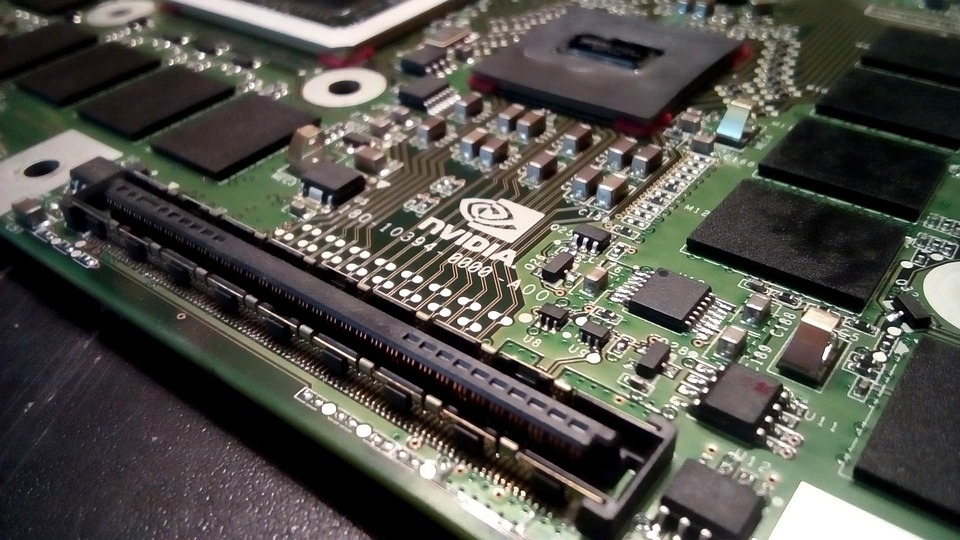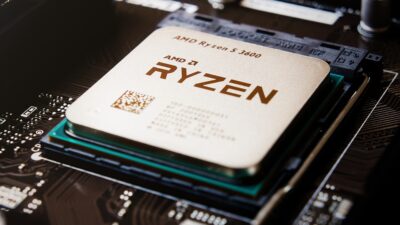In 2023, NVIDIA continues to revolutionize the tech landscape, shifting from its stronghold in gaming into an increasingly vital role in data centers, artificial intelligence (AI), and machine learning. With the demand for high-performance computing intensifying across multiple sectors, NVIDIA is poised to capitalize on this trend, solidifying its position as a leader in not just gaming technologies, but also enterprise solutions.
The Gaming Legacy
Historically, NVIDIA established itself as a gaming powerhouse with its renowned GeForce graphics processing units (GPUs). The company’s technology fundamentally changed the way games are developed and played, enabling highly immersive experiences through cutting-edge graphics rendering. As of 2023, NVIDIA’s gaming division continues to innovate, with advancements in real-time ray tracing, AI-driven graphics enhancements, and the GeForce NOW cloud gaming platform.
However, what started as a niche market has now become a formidable foundation for NVIDIA’s broader ambitions. The skills honed from gaming—high-performance computing, parallel processing, and complex algorithm design—are increasingly applicable to other fields, particularly as the lines between gaming, AI, and data operations blur.
The Data Center Revolution
As organizations transition to cloud-based infrastructures, the demand for powerful computing solutions has surged. NVIDIA has responded by optimizing its GPU technology for data centers, launching specialized products like the A100 and H100 Tensor Core GPUs. These products are designed to accelerate machine learning workloads, powering everything from natural language processing to complex simulations.
In 2023, NVIDIA’s data center revenues are expected to exceed those from gaming for the first time. This shift is driven by the rise of AI and big data analytics, both of which require robust hardware capable of handling massive amounts of information quickly and efficiently. With advancements in NVIDIA’s CUDA architecture and deep learning frameworks like TensorFlow and PyTorch, developers can now leverage NVIDIA’s GPUs for a wide array of applications extending beyond gaming.
AI and Machine Learning: The New Frontier
Artificial intelligence has emerged as one of the most significant technological trends of our time, and NVIDIA is at the forefront of this revolution. In 2023, the company has launched the latest iterations of its AI platforms, including new tools and frameworks that enable faster training times for AI models. The introduction of the NVIDIA DGX systems allows enterprises to set up AI research environments quickly and enables researchers to build and deploy AI applications at an unprecedented scale.
Moreover, NVIDIA’s collaboration with science, healthcare, and autonomous vehicle sectors highlights the versatility of its technology in addressing real-world challenges. By providing cutting-edge solutions that enhance data processing and decision-making capabilities, NVIDIA is solidifying its role as a key player in the AI landscape.
Strategic Partnerships and Ecosystem Growth
NVIDIA’s expansion into data centers and AI has been bolstered by strategic partnerships with leading technology firms and cloud service providers. Collaborations with companies like Microsoft, Amazon, and Google have allowed NVIDIA to integrate its GPU technology into popular cloud platforms, enhancing the computational capabilities available to businesses of all sizes.
Additionally, the growth of the NVIDIA Omniverse, a platform enabling real-time collaboration in 3D design and simulation, highlights how the company is opening new avenues for creative industries, engineering, and industrial design—industries that now intersect with gaming technologies.
Challenges and Future Outlook
While NVIDIA’s growth trajectory is impressive, it does not come without challenges. The company faces increasing competition from rivals such as AMD and Intel, which are also vying for a share of the lucrative data center and AI markets. Furthermore, global supply chain issues and regulatory scrutiny on AI technologies could impact NVIDIA’s plans.
Despite these obstacles, the future looks promising. As more industries recognize the importance of high-performance computing and AI, NVIDIA’s expertise will likely facilitate its continued expansion into new areas. The company’s ongoing innovation pipeline, commitment to research, and ability to adapt will play crucial roles in shaping its destiny in the rapidly changing tech landscape.
Conclusion
In 2023, NVIDIA stands at the intersection of gaming, data centers, and artificial intelligence, transforming itself from a gaming-centric company into a multi-faceted technology leader. By harnessing its expertise and technology, NVIDIA is not only expanding its reach into the enterprise sector but is also driving the development of solutions that have profound implications for industries worldwide. As the lines blur between gaming, data analytics, and AI, NVIDIA’s role is set to become more pivotal than ever, shaping the future of technology in ways we are only beginning to understand.



